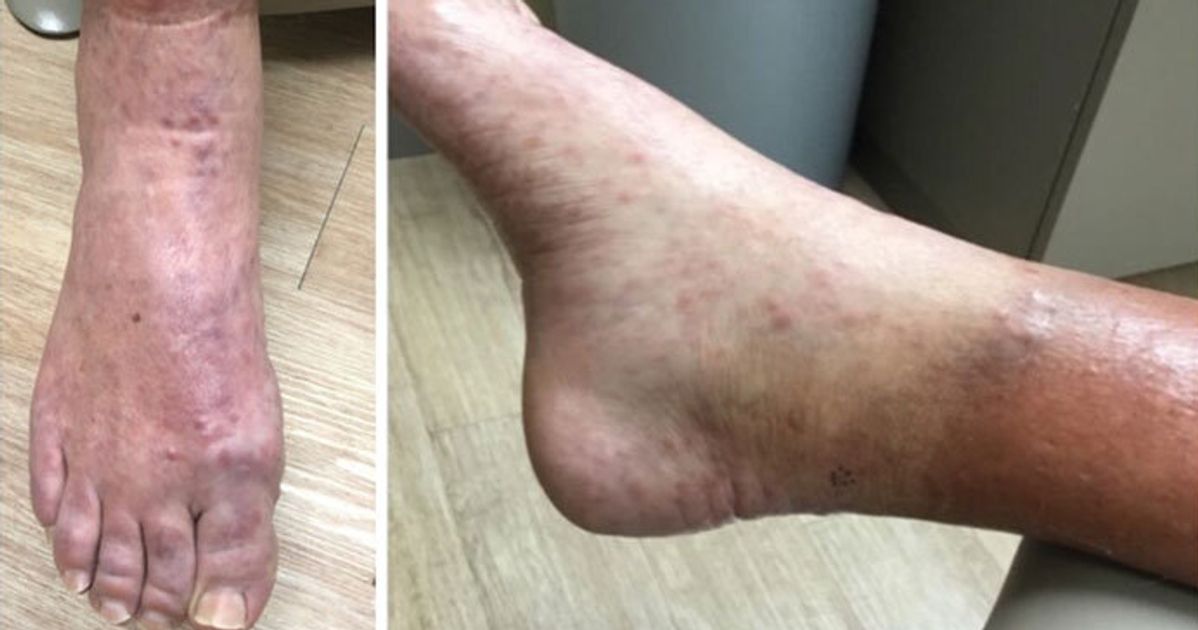The rates of leprosy cases in the United States have been increasing, leading the Centers for Disease Control and Prevention (CDC) to declare it as endemic in the Southeast. In a recently published research letter, the CDC revealed that cases of leprosy, also known as Hansen’s disease, have more than doubled in the southeastern states over the past decade. Central Florida, in particular, has reported a significant number of cases, making up nearly one-fifth of the total cases nationwide.
Worryingly, the CDC advises physicians to consider travel to Florida as a potential risk factor for leprosy infection, even in individuals without other known risk factors. The agency emphasizes that leprosy should be considered in the appropriate clinical context when patients have traveled to this area.
The reasons behind the increasing cases of leprosy remain unclear. The CDC’s contact tracing efforts did not uncover any traditional risk factors among the infected patients. Additionally, the exact mode of transmission for the disease remains uncertain. Although prolonged human-to-human contact through respiratory droplets is the most recognized transmission method, cases have also been linked to contact with animals like armadillos. However, several cases in Central Florida have shown no evidence of infection from an animal.
Historically, leprosy cases in the U.S. were primarily from individuals traveling from leprosy-endemic regions in Africa, Asia, and South America. However, the CDC reports that approximately 34% of infections reported from 2015 to 2020 appear to have been locally acquired in Florida, which saw its first cases in 1921.
The CDC highlights the case of a 54-year-old Florida man who was diagnosed with leprosy despite having no known risk factors for infection. He had no travel history, exposure to armadillos, or prolonged contact with individuals from leprosy-endemic countries. This example underscores the need for further investigation into potential environmental reservoirs in Florida as sources of transmission.
To combat this rise in leprosy cases, the CDC emphasizes the importance of increasing awareness among physicians to recognize and report the disease. By enhancing local physician efforts to report incidence and supporting research on transmission routes, a collaborative approach can be taken to identify and reduce the spread of leprosy.
It is crucial to note that leprosy can be cured with prolonged treatment. However, if left untreated, it can lead to severe complications such as the crippling of the hands and feet, paralysis, and blindness. Globally, millions of people live with permanent disabilities caused by leprosy.
The Florida Department of Health has not yet provided a comment on this matter.
Denial of responsibility! VigourTimes is an automatic aggregator of Global media. In each content, the hyperlink to the primary source is specified. All trademarks belong to their rightful owners, and all materials to their authors. For any complaint, please reach us at – [email protected]. We will take necessary action within 24 hours.


